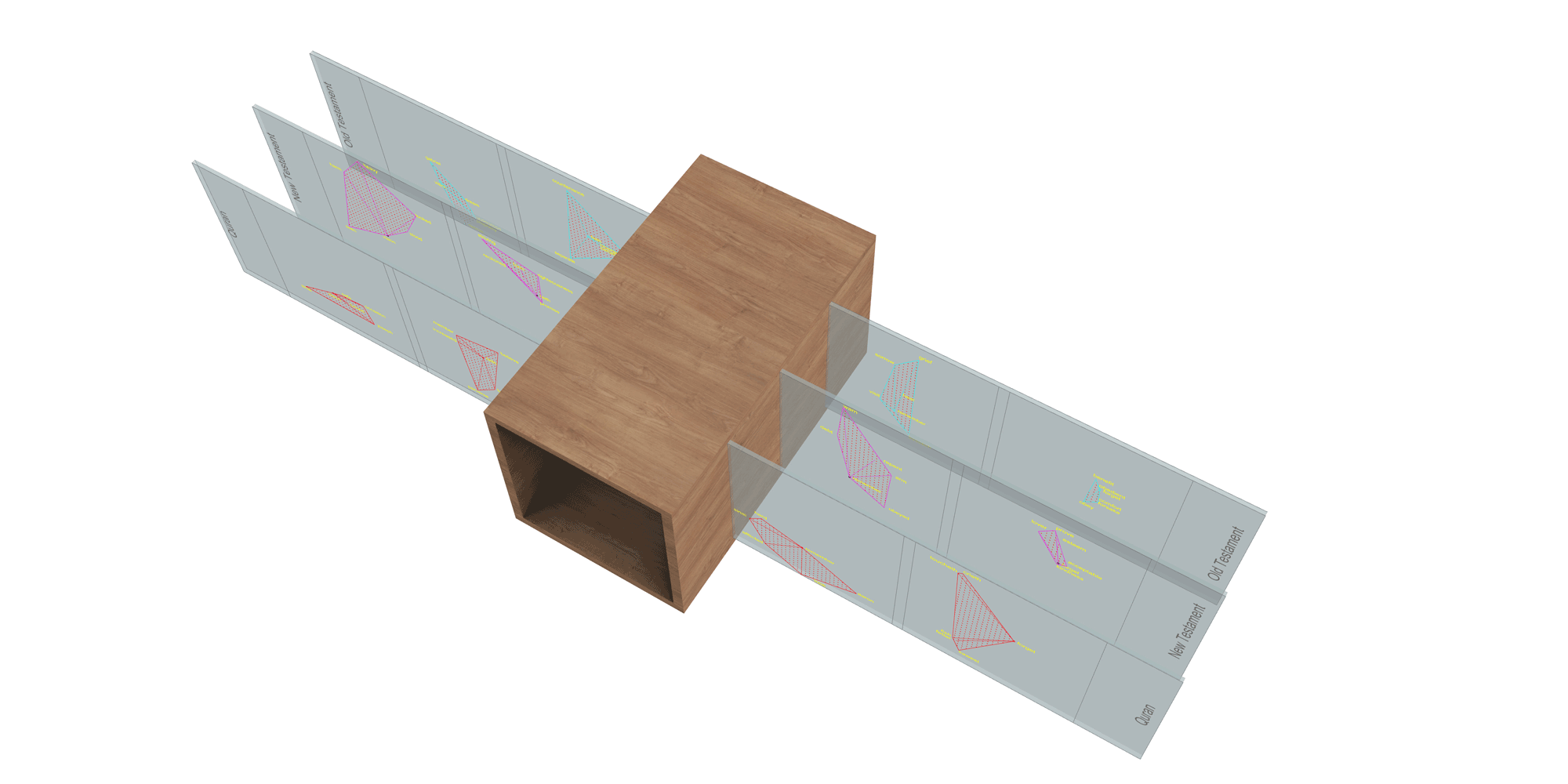Harvard Graduate School of Design | Fall 2017
Deployable Surfaces: Dynamic performance through multi-material architectures
Team | Kevin Chong , Eliza Pertigkiozoglou, Carla Saad, Anne Stack
Instructors | Chuck Hoberman, Jonathan Grinham
Harvard Graduate School of Design | Fall 2017
Deployable Surfaces: Dynamic performance through multi-material architectures
Team | Kevin Chong , Eliza Pertigkiozoglou, Carla Saad, Anne Stack
Instructors | Chuck Hoberman, Jonathan Grinham
Harvard Graduate School of Design | Fall 2017
Deployable Surfaces: Dynamic performance through multi-material architectures
Team | Kevin Chong , Eliza Pertigkiozoglou, Carla Saad, Anne Stack
Instructors | Chuck Hoberman, Jonathan Grinham
NODE
reimagining emergency
response for resilient
cities

NODE
reimagining emergency
response for resilient
cities

NODE
reimagining emergency
response for resilient
cities

TERNION

Massachussetts Institute of Technology
Digital Humanities
Team | Tyler Angert, Abnell Comas, Peri Green, Carla Saad
Advisor | Kurt Fendt
A Physical Visualization Comparing
the Texts of Islam, Christianity, & Judaism

Religion has been historically used to both unite and divide people. Through our physical interpretation of religious commonalities, we can now provide individuals with a unique medium to discover the possibility of hidden connections across Monotheistic religions.
Users will be able to see clear connections across concepts in 3 distinct religions. Users will also be able to observe clear distinctions and make their own interpretations of the ways these religions resemble/contrast one another.
From a computational perspective, our techniques were inspired by previous work done in Natural Language Processing (NLP), a subfield of machine learning focused on analyzing natural language. Specifically, recent developments in Distributional Semantics-- a research area that focuses on understanding semantic similarities in language-- have allowed us to see what “context” looks like by visualizing vector representations of words, using an algorithm called Word2Vec.


We focused our words on a time-related theme, where “believe” is the center panel and represents the present. The surrounding panels represent the past and the future. We wanted to tell a story similar to that of a prophet especially because prophecy is a significant component of many religious narratives.
Prophets are first given a vision. Their vision or prophecy leads them to faith. In their faith they begin to spread their philosophy to the masses, thus garnering belief from others. Lastly, some prophets or traditions are remembered while others are forgotten.





Ternion is to be placed at the eye level where the user can look inside the rectangular shape to have a perspective on 3 consecutive transparent lenses.
The viewer will be able to see the geometry that the chosen word constitutes with the five close words to it on the word2vec model.
The visual comparison that the viewer is able to constitute in his mind while looking as these shapes extracted will help identify the degree of intersection of the religion at the semantic level and therefore the conceptual connotation to what degree they differ.


